As a responsible dog owner, it’s essential to be vigilant about your pet’s health. If you’ve noticed your furry friend experiencing bleeding from their private area, it can be concerning and might prompt you to ask, “Why is my dog bleeding from his private area?” While this condition can be caused by various factors, it’s necessary to have a deeper understanding of dog’s reproductive health.
In this article, we will explore the common reasons for this occurrence, how to identify symptoms, preventive measures, and when it’s time to seek professional veterinary care.
Why Is My Dog Bleeding from His Private Area?
If you’ve ever found yourself asking this question, you’re not alone. Many dog owners encounter this issue at some point, and it’s essential to get to the root of the problem to ensure your dog’s well-being.
1. Dog’s Heat Cycle and Estrus: Understanding the Reproductive Cycle
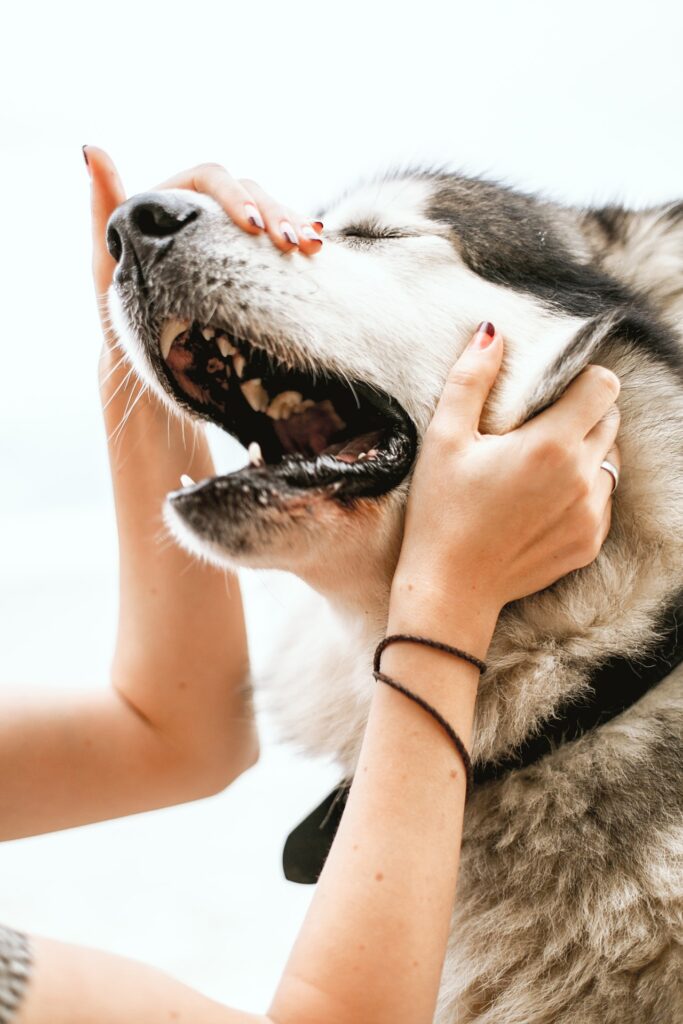
One common cause of bleeding in female dogs is their heat cycle or estrus. During this phase, female dogs experience hormonal changes that prepare them for potential pregnancy. Vaginal bleeding is a normal part of this cycle, and it usually lasts for about 7 to 10 days.
2. Urinary Tract Infections (UTIs): Potential Culprits

Urinary tract infections can affect both male and female dogs, causing discomfort and urinary issues. In some cases, dogs with UTIs may experience blood in their urine, which can be mistaken for bleeding from their private area.
3. Trauma and Injuries: Accidents Happen
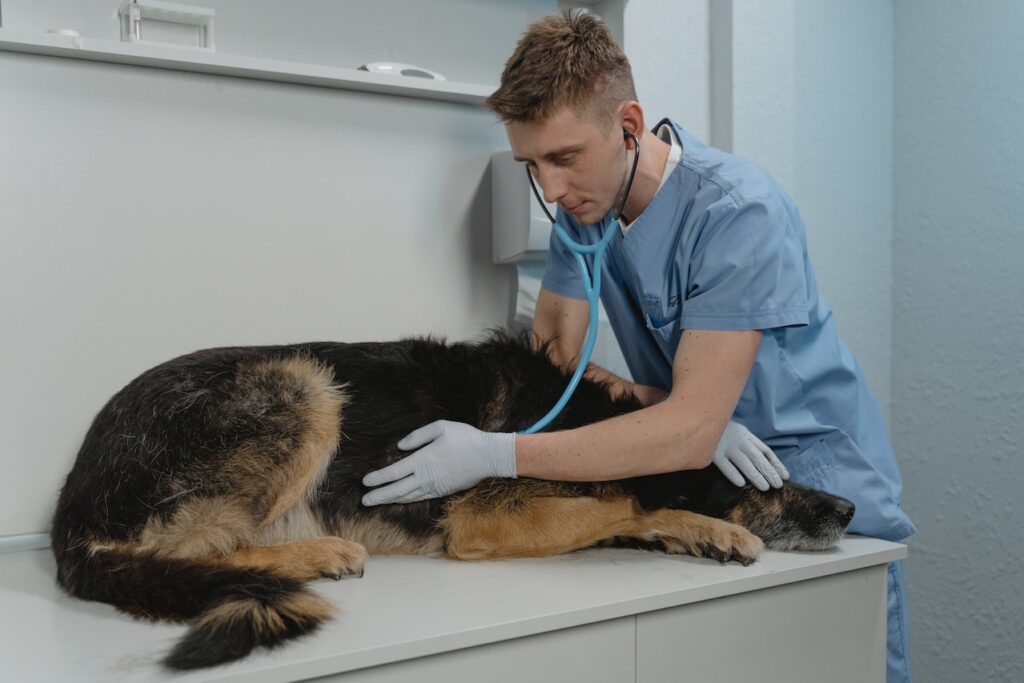
Dogs are playful creatures, and sometimes, they might accidentally hurt themselves while running, jumping, or playing. Trauma to the genital area can lead to bleeding.
4. Foreign Objects or Tumors: Hidden Dangers
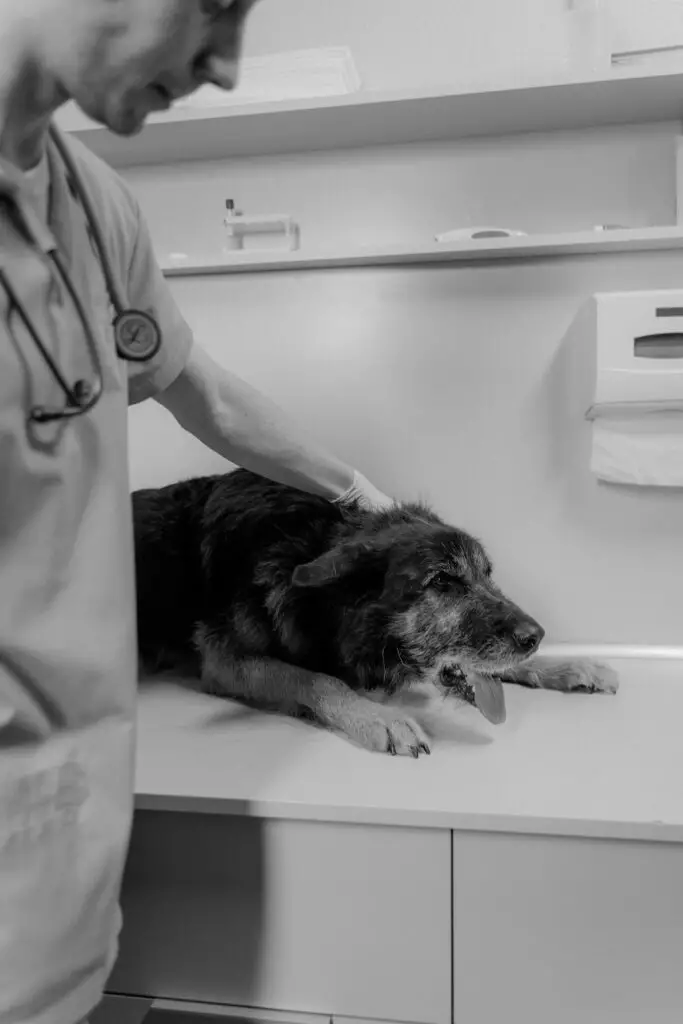
In some cases, foreign objects or tumors in the reproductive or urinary tract can cause bleeding. These obstructions can be serious and require immediate veterinary attention.
5. Prostate Problems in Male Dogs: Not Just a Human Issue
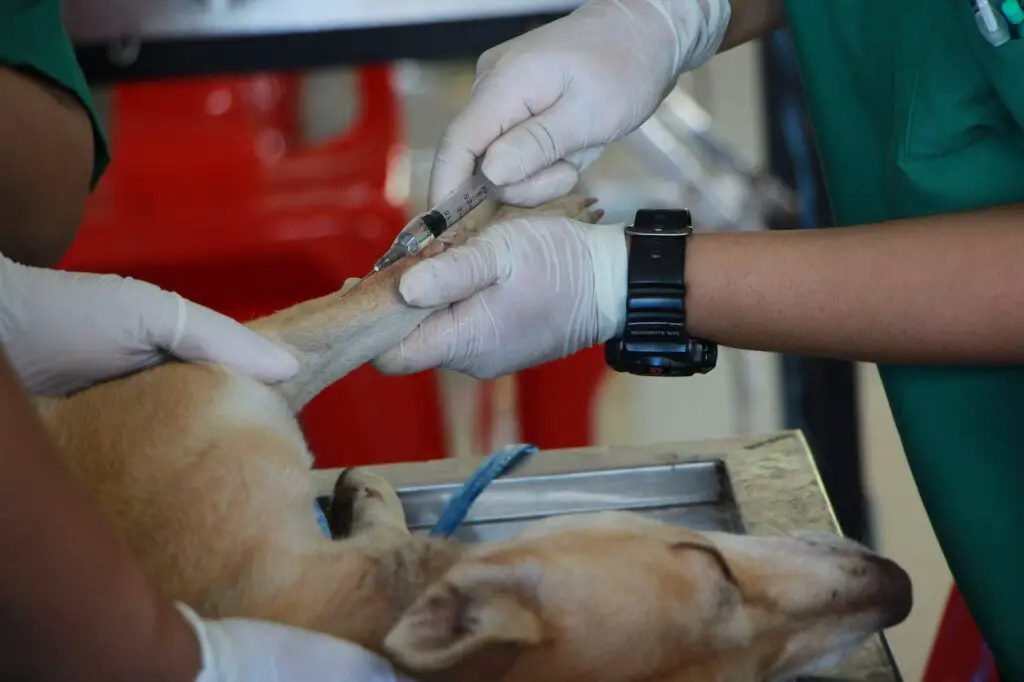
Unneutered male dogs may experience prostate issues, which can lead to bleeding from the private area. Prostate enlargement or infections should be evaluated by a veterinarian.
6. Pyometra: A Life-Threatening Condition
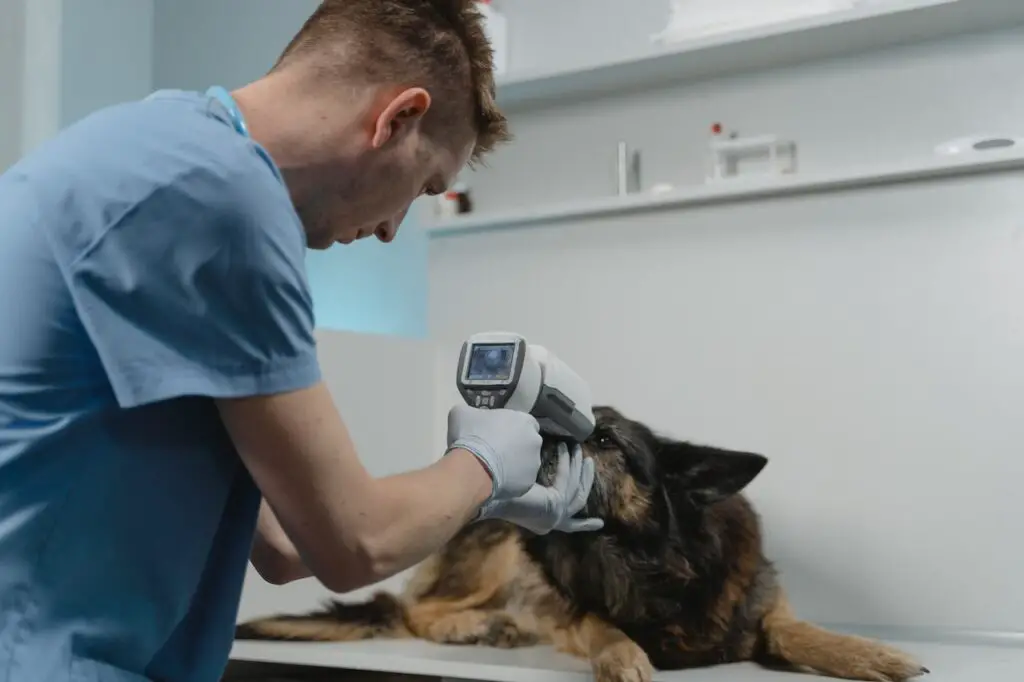
Pyometra is a severe infection of the uterus that typically affects older, unspayed female dogs. It can lead to pus-filled pockets in the uterus and may cause vaginal discharge, including blood.
7. Cancer: The Unfortunate Possibility
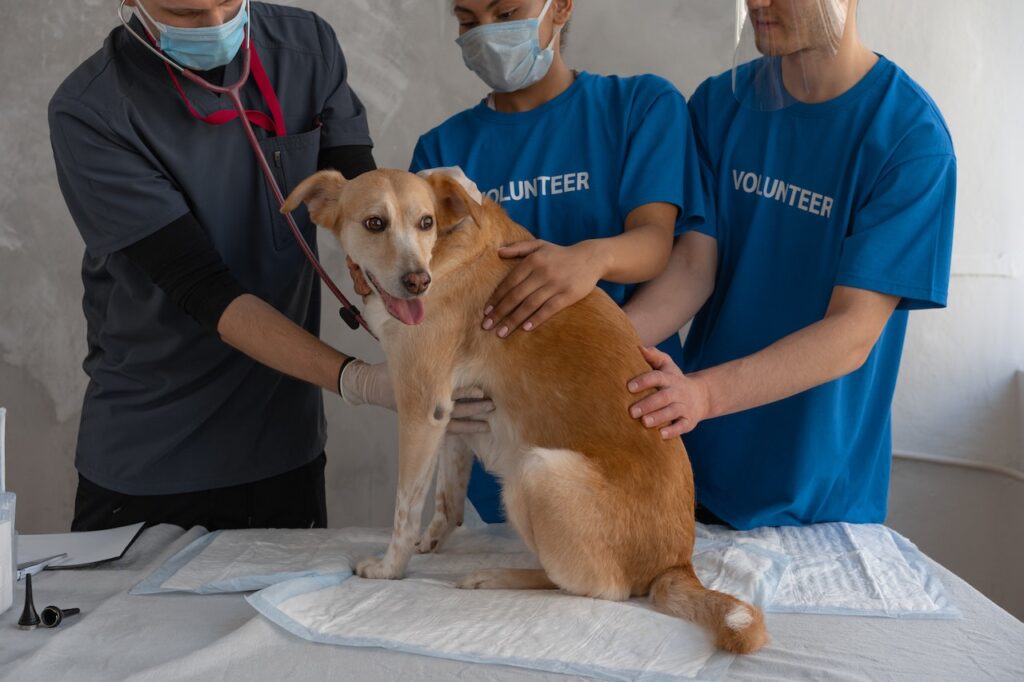
Though less common, bleeding from the private area can be a sign of cancer in dogs. It’s crucial to get any unusual bleeding checked by a veterinarian.
8. Side Effects of Medications: Be Informed

Certain medications can cause side effects, including bleeding. If your dog is on medication and experiencing unexplained bleeding, consult your vet.
9. Coagulation Disorders: When Blood Doesn’t Clot Properly

Some dogs may have coagulation disorders, where their blood doesn’t clot as it should. This can result in prolonged bleeding from minor injuries.
10. Anal Gland Issues: A Different Source of Bleeding

Bleeding around the private area might be caused by anal gland problems. Dogs have anal glands that can become impacted or infected, leading to discomfort and bleeding.
Identifying Symptoms:
Being observant of your dog’s behavior and noting specific symptoms can help identify the underlying cause of bleeding from the private area.
1. Excessive Licking and Chewing: Signs of Discomfort
If your dog is frequently licking or chewing the genital area, it could indicate irritation or pain.
2. Changes in Urination: Pay Attention
Keep an eye on your dog’s urination habits. Frequent urination, straining, or blood in the urine are signs that something may be amiss.
3. Behavioral Changes: Mood Indicators
Unexplained aggression, lethargy, or sudden changes in behavior might indicate underlying health issues.
4. Swelling or Discharge: Visual Clues
Look for any swelling, discharge, or abnormalities around your dog’s genital area.
5. Changes in Appetite: An Overall Indicator
A decrease in appetite or sudden weight loss can be indicative of various health problems.
Preventive Measures: Keeping Your Dog Healthy
1. Spaying and Neutering: A Wise Choice
Spaying female dogs and neutering male dogs not only helps control the pet population but can also prevent certain health issues.
2. Regular Veterinary Check-ups: Catching Issues Early
Schedule regular check-ups with your veterinarian to detect and address potential health concerns early on.
3. Maintaining a Safe Environment: Minimize Trauma
Create a safe environment for your dog, reducing the risk of injuries.
4. Providing a Balanced Diet: Optimal Health
Feeding your dog a balanced diet with proper nutrition supports overall health and immune function.
When to Seek Veterinary Attention:
While some causes of bleeding from the private area may be benign, others can be life-threatening. It’s essential to know when to seek professional veterinary care.
1. Persistent Bleeding: No Time to Wait
If your dog’s bleeding continues for an extended period or is excessive, don’t hesitate to visit the vet.
2. Unusual Discharge: Get It Checked
Unusual discharge, especially if accompanied by a foul smell, should be examined by a veterinarian.
3. Behavioral Changes: Trust Your Instincts
If your dog’s behavior drastically changes or they seem to be in pain, don’t delay seeking medical attention.
4. Signs of Distress: Act Promptly
If your dog appears distressed, restless, or uncomfortable, consult a veterinarian immediately.
5. Sudden Weakness: An Emergency
Sudden weakness or collapse requires urgent veterinary care.
6. Pale Gums: A Red Flag
If your dog’s gums appear pale, it could indicate a severe issue. Seek veterinary attention promptly.
FAQs About Dogs Bleeding from Their Private Area
Q: Can female dogs have periods like humans?
A: Yes, female dogs experience a heat cycle, which is similar to a menstrual cycle in humans.
Q: How long does a female dog’s heat cycle last?
A: A female dog’s heat cycle typically lasts about 7 to 10 days.
Q: Is it normal for male dogs to bleed from their private area?
A: No, bleeding from the private area in male dogs is not normal and should be evaluated by a veterinarian.
Q: Can UTIs cause bleeding in dogs?
A: Yes, urinary tract infections can lead to blood in a dog’s urine, which might be mistaken for bleeding from the private area.
Q: Is pyometra a serious condition?
A: Yes, pyometra is a life-threatening infection of the uterus and requires immediate veterinary attention.
Q: What should I do if I notice bleeding from my dog’s private area?
A: If you notice bleeding, monitor your dog’s behavior and symptoms closely. If the bleeding persists or is accompanied by other concerning signs, contact your veterinarian.
Conclusion:
Bleeding from a dog’s private area can be distressing, but it’s essential not to panic. By understanding the potential causes, identifying symptoms, and taking preventive measures, you can ensure the well-being of your beloved companion.
If you ever find yourself asking, “Why is my dog bleeding from his private area?” remember to stay calm and consult your veterinarian for proper diagnosis and treatment. Always prioritize your dog’s health and seek professional advice when needed.


